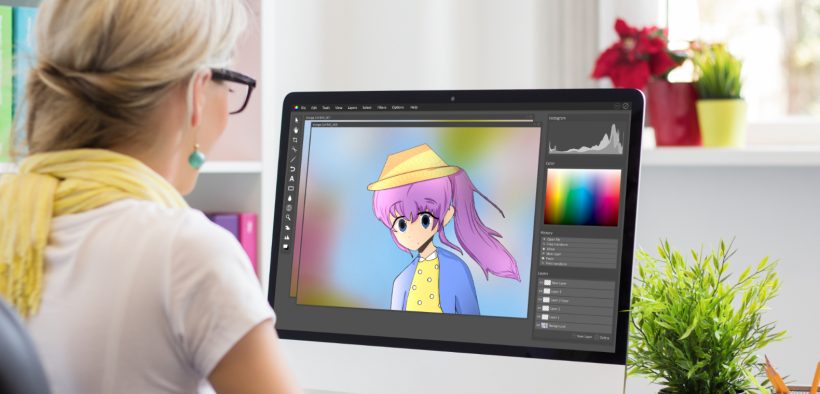While animation used to be the purview of professional studios, today software like Vyond makes it easy for those with no animation skills at all. I design and teach an online college-readiness course that includes a wide variety of engaging content; however, students continue to insist that the animated videos help them the most. In addition, animations can have a staying power that other course content simply can’t. Given the unique nature of animated content, I can still use the videos I created six years ago, whereas all other live-action videos and interactive content quickly become outdated and require radical revision over the years. There are just a few steps to follow in making animations for your courses.
Creating Compelling Animations for Your Online Course

- Tags: animation, student engagement, video
Related Articles
I have two loves: teaching and learning. Although I love them for different reasons, I’ve been passionate about...
Active learning is a mostly meaningless educational buzzword. It’s a feel-good, intuitively popular term that indicates concern for...
Perhaps the earliest introduction a student has with a course is the syllabus as it’s generally the first...
Generative AI allows instructors to create interactive, self-directed review activities for their courses. The beauty of these activities...
I’ve often felt that a teacher’s life is suspended, Janus-like, between past experiences and future hopes; it’s only...
I teach first-year writing at a small liberal arts college, and on the first day of class, I...
Proponents of rubrics champion them as a means of ensuring consistency in grading, not only between students within...








2 Responses
This is really interesting, but for some reason I can’t see any of the videos you’ve created. My browser says it can’t find mediasite.ccs.ua-net.ua.edu. :(
Douglas: I just double-checked the links. They all seem to work fine (at least in Chrome). Perhaps the site was just temporarily down?